Navigating the World of Cat Sitting: A Beginner's Guide to Professional Cat Care
Cat sitting is a rewarding role that goes beyond basic care, focusing on the well-being and happiness of cats in their own homes. This guide offers essential tips for aspiring cat sitters for providing compassionate, top-notch care to feline clients.
Added on: 17 Aug, 2024
Posted by: Sandra James
11 min read (1718 words)
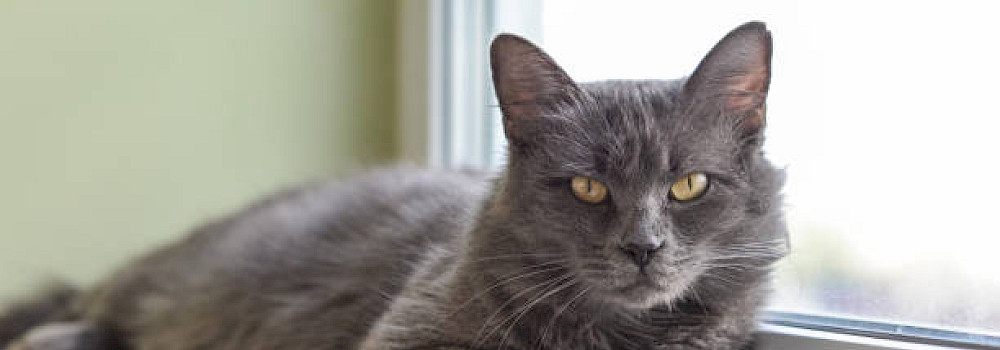
Introduction
Stepping into the world of cat sitting is more than just a business opportunity—it’s a rewarding way to spend your days surrounded by feline companionship while providing a crucial service to cat owners. Whether you’re a seasoned cat lover or new to the world of professional pet care, understanding the essentials of this industry is key to offering top-notch service and ensuring the well-being of your furry clients. This guide will walk you through the fundamental aspects of becoming a successful cat sitter, drawing on the expertise of professionals like The Cat Butler, who are dedicated to providing exceptional in-home cat care.
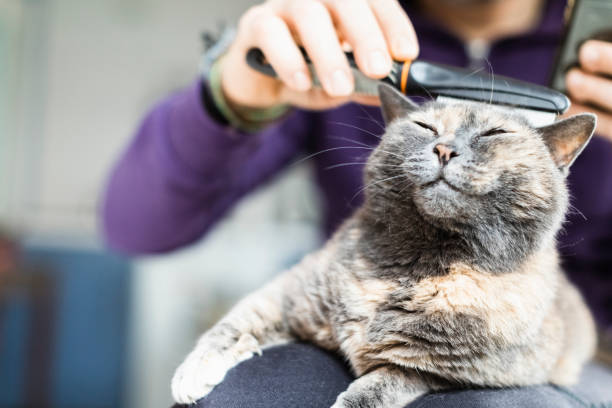
Understanding Cat Behaviour: The Cornerstone of Care
At the heart of excellent cat sitting is a deep understanding of cat behaviour. Cats are complex creatures with unique personalities, preferences, and communication styles. As a cat sitter, it’s crucial to be able to read their body language and respond appropriately.
-
Body Language: Learn to identify key signals such as a cat’s tail position, ear movements, and vocalisations. For instance, a raised tail with a curve at the end usually indicates a happy, confident cat, while flattened ears and a swishing tail can signal agitation.
-
Social Interaction: Some cats are sociable and enjoy human interaction, while others may prefer solitude. Respect each cat’s boundaries, offering affection on their terms and recognising when they need space.
-
Routine and Environment: Cats are creatures of habit and can be sensitive to changes in their environment. Keeping to their established routines for feeding, playtime, and litter box maintenance helps minimise stress.
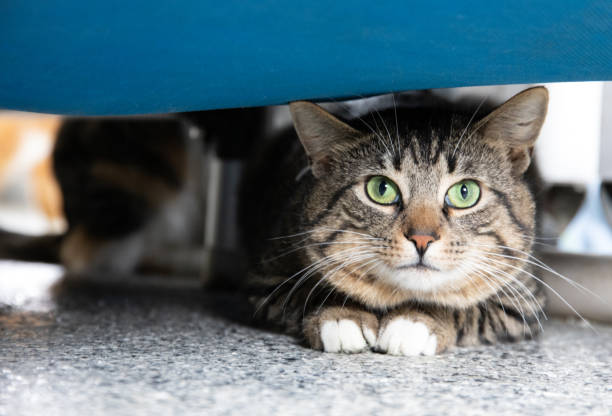
In-Home Cat Care vs Cattery: The Benefits of Home Comfort
One of the significant advantages of cat sitting over cattery options is that it allows cats to remain in their familiar environment. This is particularly beneficial for felines, who can be highly sensitive to changes in their surroundings.
-
Comfort of Home: In-home care, like that provided by The Cat Butler, minimises the disruption to a cat’s routine, reducing stress and helping them feel secure. Unlike a cattery, where multiple animals are housed together, in-home care ensures that a cat receives one-on-one attention without the noise and stress of other animals.
-
Health Considerations: Staying at home also reduces the risk of exposure to illnesses that can spread in a cattery setting. It’s easier to maintain a clean and controlled environment, particularly if the cat has special health needs or is on medication.
-
Customised Care: In-home care allows you to tailor your services to the specific needs of each cat. Whether it’s a particular diet, a favourite toy, or a special routine, personalised attention ensures the cat feels cared for and comfortable.
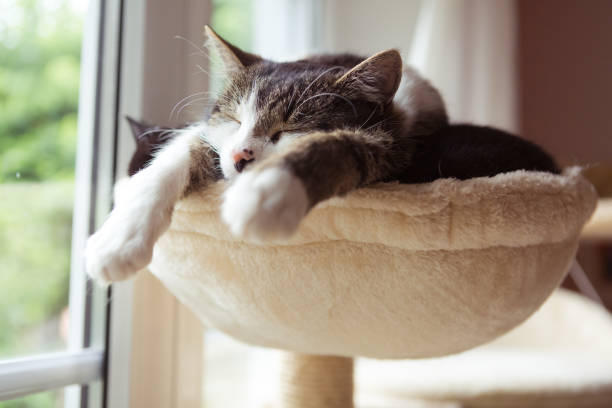
Welfare Over Profit: Prioritising the Cat’s Well-being
In the cat sitting industry, it’s essential to prioritise the welfare of your feline clients over profit. This means spending quality time with the cats in your care, beyond just feeding and basic tasks.
-
Quality Time: Cats, especially those that are used to human companionship, can become lonely and depressed if left alone for long periods. It’s important to engage with them during your visits, offering playtime, affection, and interaction. This not only keeps them physically active but also provides essential mental stimulation.
-
Animal Welfare Act 2006: As a professional cat sitter, you must work under the terms of the Animal Welfare Act 2006, which sets out the responsibilities of pet owners and caregivers to ensure the well-being of the animals in their care. This includes providing a suitable environment, diet, and the opportunity to exhibit normal behaviour patterns, as well as protecting them from pain, suffering, injury, and disease.
-
Booking Policies for Welfare: To further ensure the welfare of your feline clients, consider setting strict policies, such as not accepting bookings for very young kittens, who require intensive care that goes beyond the standard cat sitting services. Additionally, it’s essential to provide at least two daily visits to elderly cats, who may need more frequent attention, medication, and companionship.
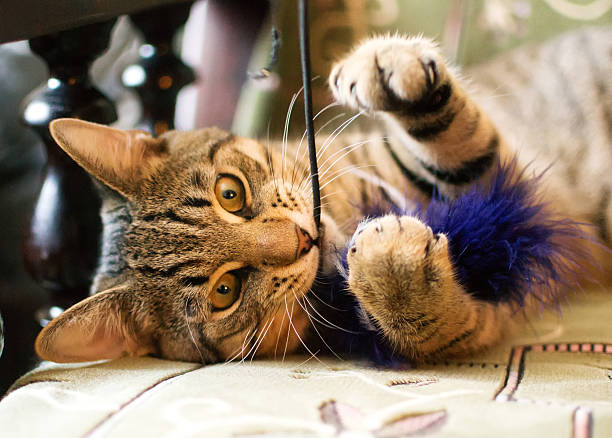
Recognising and Responding to Emergencies
As a cat sitter, you need to be vigilant about the health and safety of the cats in your care. This includes being able to recognise signs of medical or house emergencies and taking prompt action.
-
Health Monitoring: Familiarise yourself with the signs of common cat illnesses, such as changes in appetite, lethargy, vomiting, diarrhoea, or unusual behaviour. If you notice any symptoms that could indicate a medical issue, it’s crucial to contact the owner and, if necessary, take the cat to the vet for treatment.
-
Emergency Preparedness: Have a plan in place for emergencies, including the location of the nearest vet and the cat’s medical history. This ensures that you can act quickly and effectively if an urgent situation arises.
-
Medication Administration: Many cats require regular medication, whether for chronic conditions or short-term illnesses. It’s important to be comfortable with administering different types of medication, including pills, liquids, and topical treatments, and to follow the owner’s instructions carefully.
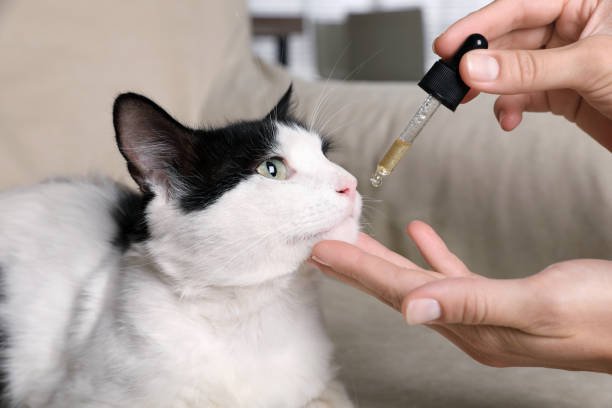
Creating a Stress-Free Environment
One of the key responsibilities of a cat sitter is to ensure that your feline clients are as relaxed and happy as possible. Here are some tips for creating a stress-free environment:
-
Familiar Scents: Cats rely heavily on scent to navigate their world. If you’re visiting a new cat, it can be helpful to allow them to sniff your hand and get used to your scent before trying to interact.
-
Quiet and Calm: Cats are generally more comfortable in quiet, calm environments. Speak softly and move slowly around the cat, especially if they seem nervous or unsure. Avoid loud noises or sudden movements that could startle them.
-
Engaging Play: Interactive play is not only great for keeping a cat physically active but also helps in building trust. Use toys that mimic prey-like movements to engage their hunting instincts, and always allow them to “catch” the toy to avoid frustration.
-
Routine Visits: Regularity is key. Try to visit at the same times each day, following the cat’s usual routine. This consistency helps in building trust and reduces anxiety, as the cat knows what to expect.
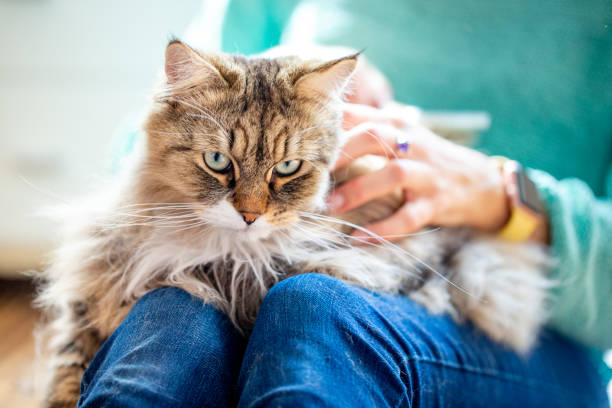
Building Trust with Clients
As a cat sitter, you’re not just caring for the cat but also building a relationship with its owner. Clear communication, reliability, and professionalism are paramount.
-
Detailed Consultations: Before starting any assignment, have a thorough consultation with the cat owner. Learn about the cat’s habits, likes, dislikes, and any special needs. This information is invaluable in providing tailored care.
-
Regular Updates: Keep the owner informed with regular updates, including photos and notes about how their cat is doing. This reassures them that their pet is in good hands and shows your commitment to providing excellent service.
-
Professionalism: Always conduct yourself with the utmost professionalism. This includes being punctual, respecting the client’s home, and ensuring that all agreed-upon tasks are completed to a high standard.
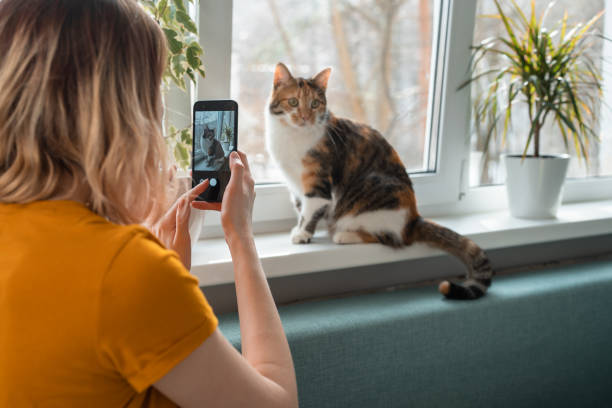
Conclusion: Making Cat Care Your Passion
Entering the world of professional cat sitting is a rewarding experience, combining the joy of feline companionship with the satisfaction of providing an essential service. By understanding cat behaviour, offering the comfort of in-home care, and creating a stress-free environment, you can ensure that your furry clients are happy, healthy, and well-cared for.
Prioritising their welfare over profit, staying vigilant for emergencies, and building trust with both cats and their owners will set you apart as a dedicated and compassionate cat sitter. With dedication and a passion for excellence, you’ll not only meet the expectations of cat owners but exceed them, building a successful and fulfilling career in cat sitting - just like The Cat Butler, where exceptional care and genuine love for cats are at the heart of everything we do.
Join The Cat Butler Family
If you’re passionate about cats and looking to turn that passion into a thriving business, consider joining The Cat Butler family as a franchisee. As part of our team, you’ll benefit from our established brand, comprehensive training, and ongoing support, all while making a difference in the lives of cats and their owners in your community. It’s more than just a job—it’s an opportunity to be part of a network that values the highest standards of feline care and professional service.
Please click here to request our franchise brochure for more information on our purr-fect opportunity.

Sandra James
Owner & Founder
The Cat Butler was set up by Sandra James in recognition of the fact that a stay in a cattery can be unsettling for many cats and also their owners.
 Cats are happier at home
Cats are happier at home




























